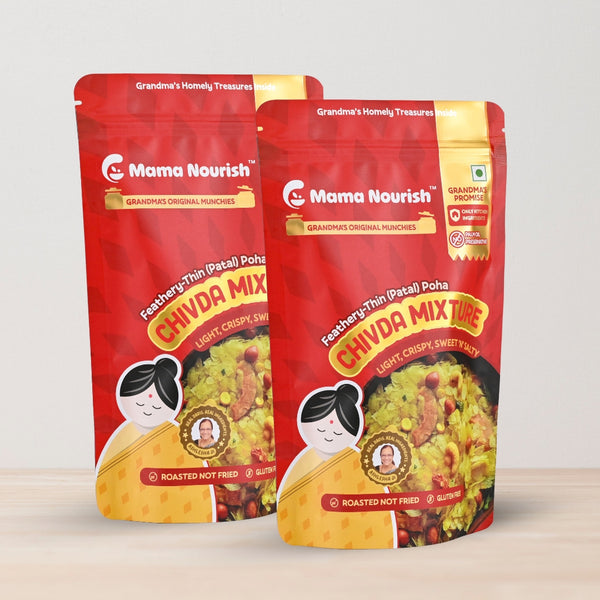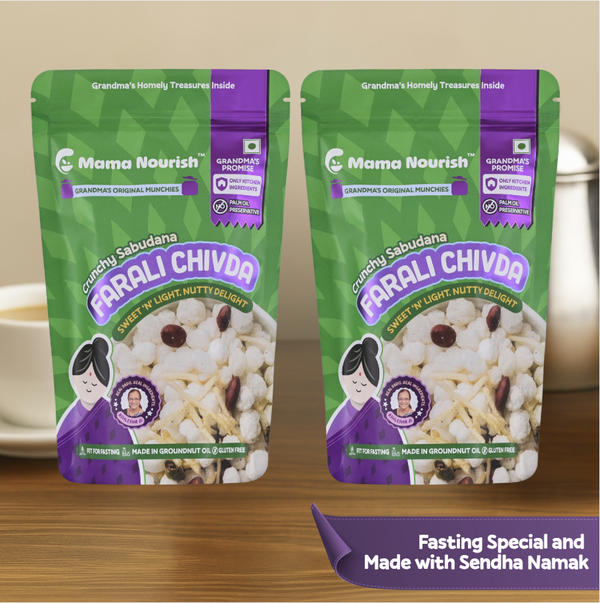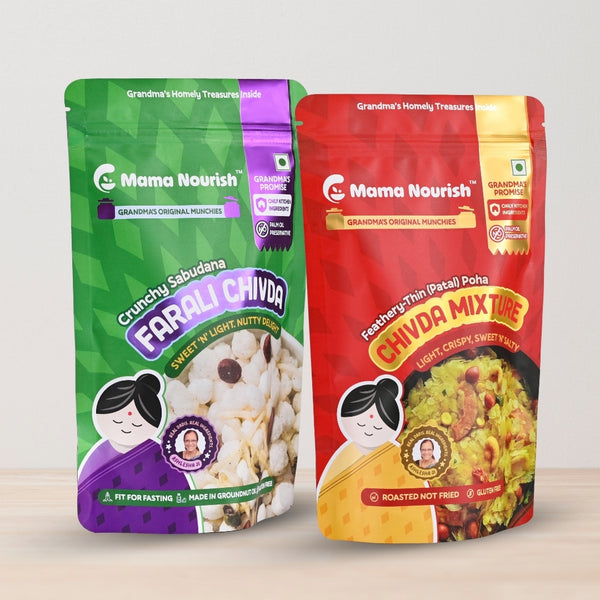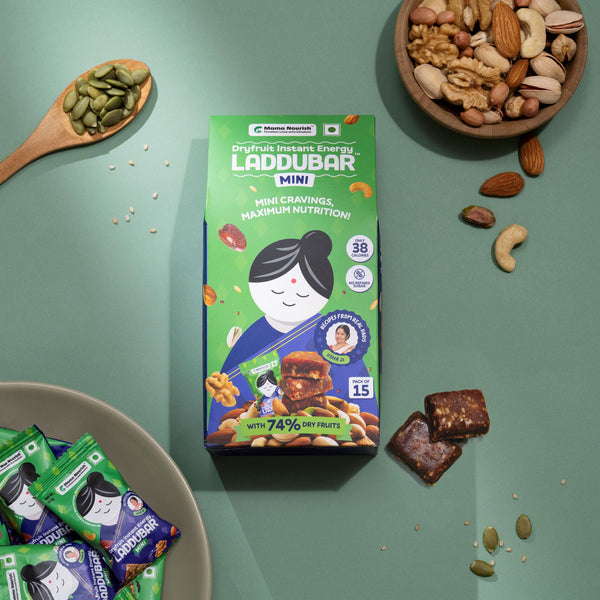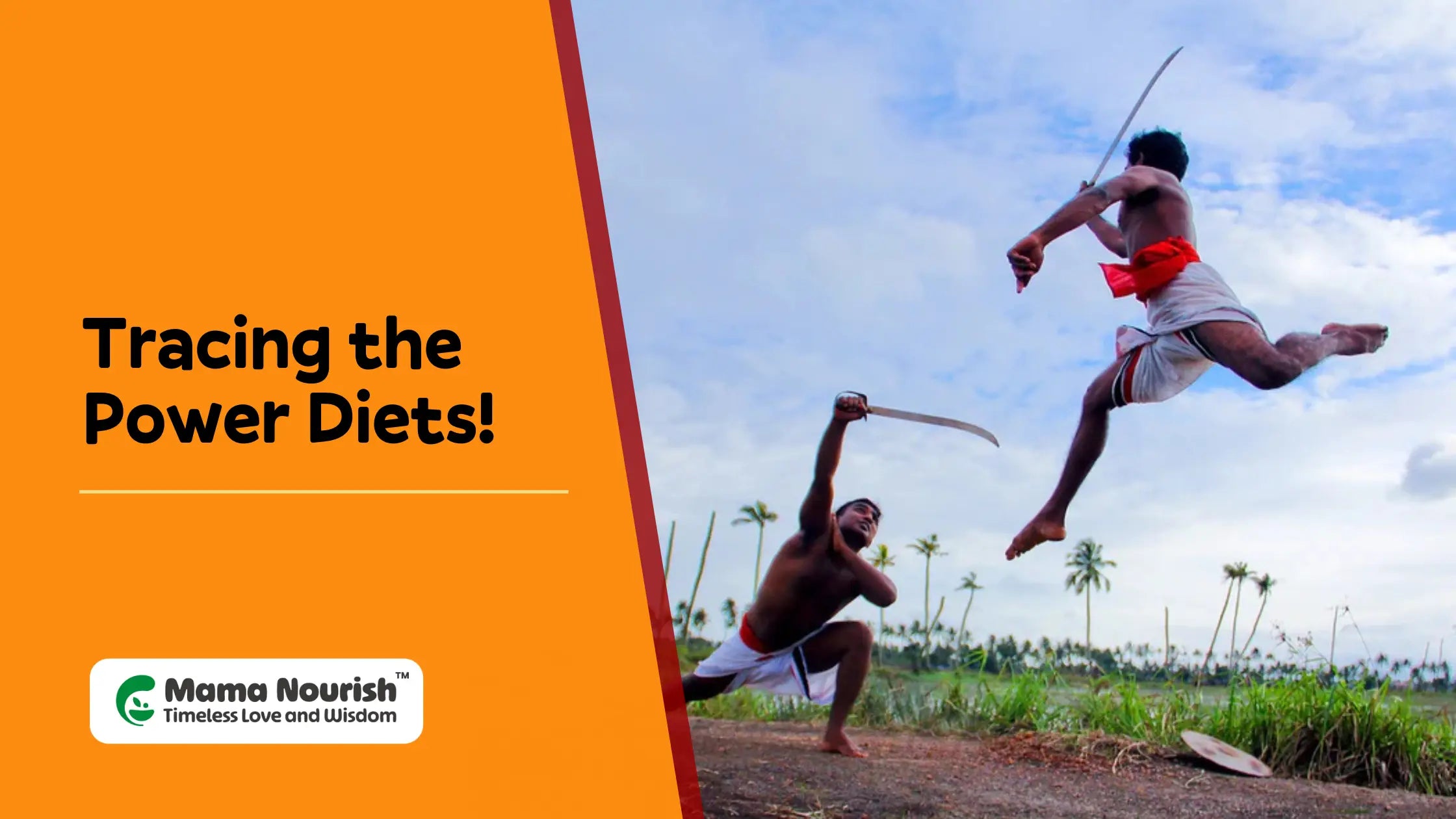
Tracing the Power Diets!
Did you know astronauts carry algae as food while travelling to space? Well, it's not just because it carries a lot of nutrients, but also because of its ‘sustainable’ nature—a buzzword amidst rising concerns over climate change!
But what if I told you that ages before NASA started packing algae for space travellers, the martial artists who practised Kalaripayattu in India, had algae integral to their menu? To put it bluntly, even before the whole marketing gimmick around high-nutrient processed foods and protein bars took over the Indian palate, we had a rich tradition of eating healthy, nutritious, and sustainable food.
This tradition is clearly visible in the diet followed by Indian martial artists even today. In a country with a mosaic of diverse martial arts—from Kalaripayattu in the South to Mallakhamb in the West, Gatka in the North and Lathi Khela in the East and the list goes on—how about we take a closer look at the diets of martial arts practitioners to gain more insights into our healthy eating tradition?
Let's begin our journey from the arena of legendary Indian pehlwans!
Kusti/Pehlwani

The traditions of wrestling have been practised since ancient times and even celebrated in our epics; today, it persists in the form of kusti (also known as pehlwani). It draws influences from malla yuddha and continues to be extensively practiced in northern India. Not only their combat moves but also their diet dates back centuries and is deeply rooted in traditional Indian culinary heritage and wisdom.
The ancient Samkhya school of Hindu philosophy categorizes everything in the universe—including people, activities, and foods—into three gunas: sattva (calm/good), rajas (passionate/active), and tamas (dull/lethargic). Given the inherently active nature of wrestling, pehlwan (wrestlers) counteract their intense passion by consuming sattvic foods.
To get more insights, let's go through the important components of the diets of pehlwans!
Milk is integral to their diets as it provides high-quality protein. It's also a rich source of calcium and vitamins like vitamins B, B2, A, D, and E. These make it relevant for bone health and overall body fitness.
Ghee is considered among the most sattvic of foods, particularly favoured by wrestlers. Hence, it is a must for their power diet; it supports metabolism and energy production. Additionally known to Contribute to mental clarity and focus. It also carries fat-soluble vitamins such as A, D, E, and K.
Almonds are rich in protein and healthy fats. It is also a good source of essential vitamins and minerals like calcium, copper, iron, magnesium, manganese, phosphorus, etc and the list goes on. It promotes heart health and the immune system and improves overall health.
In fact, Milk and ghee, along with almonds, form the core of the pehlwani khurak, or diet.

Similarly, they also favour adding peanuts and pistachios to their diet.
Chickpeas are another important component of the diet of pehalwans. It offers plant-based protein for muscle repair. Additionally, it's high in fibre, aiding digestion and promoting gut health. The sprouted chickpea water in their diet is nutrient-rich, supporting overall health.

Along with the above-discussed ingredients the Pehlawans include green vegetables and a variety of fruits like apples, bananas, figs, gooseberries, lemons, watermelons, and pomegranates in their diet. These fruits are abundant in vitamins, antioxidants, and fibre, ensuring adequate hydration and essential nutrients. Orange juice is a favoured drink. It is High in vitamin C, boosts immune function and aids in recovery. Provides hydration and natural sugars for energy. They eat dishes like chapati, thandai, and soups.
Additionally, they incorporate meat into their meals for protein. To enhance flavour without overpowering spice or acidity, the Pehlawans use mild seasonings like garlic, cumin, coriander, sesame seeds, and turmeric in their cooking. These seasonings not only add aroma but also offer potential health benefits, including anti-inflammatory and digestive support, contributing to their well-rounded and nourishing diet.
The Pehlawans are also mindful of their sugar intake and prefer natural alternatives like dates and whole fruits. See how health-conscious our traditional diets are!
We discussed a lot about the dietary habits of Indian wrestlers.
Now, let's travel to the southern parts of our country, amidst the greenery filled with coconut trees and backwaters, where the legends of Kalaripayattu warriors, who instilled fear even in the hearts of erstwhile British colonizers, are still sung with veneration…
Kalaripayattu
Kalaripayattu, considered among the oldest and most scientific martial arts in the world, is said to have originated in Kerala. It was widely practised in Kerala but declined due to a ban introduced by the British in the 19th century. Today, it is being revived and encouraged due to its scientific nature and health benefits.
There are different branches of this martial art practised in different parts of Kerala. One of the traditional diets recommended for Kalari practitioners is called 'Thekku Kanji', which comprises a blend of raw rice, sprouted green gram, and powdered kudangal (Centella Asiatica). This mixture is prepared as a medicated gruel and consumed in the morning.
The ingredients in the traditional diet of Kalaripayattu practitioners are locally sourced. The diet includes Chembu (Colocasia esculenta), Moringa leaves/drumstick leaves, grated coconut, tamarind, eggs, chicken soup, sea algae and various endemic medicinal herbs.

Additionally, the Kalari practitioners drink nutritious coconut milk-based soup prepared with ingredients like green gram, black gram, wheat, and raw rice. It's known for its energy-boosting and muscle-strengthening properties.
Cow Milk is also consumed and they prefer adding jaggery for sweet flavors.
Talking about the martial arts that scared the British, how could we forget gatka from Punjab?
Gatka

Gatka, originating in Punjab during the 15th century, traces its roots to teachings by Sikh gurus. Passed down through generations by ustads (masters) and practised in akharas (arenas) globally, Gatka combines spiritual and physical elements, embodying the concept of Miri piri—the union of spirit and body. Initially utilized for defending righteousness, Gatka evolved into a battle-tested comprehensive martial art.
Gatka practitioners adhere to a diet that fuels both their physical and mental prowess, with a particular emphasis on milk and milk products. Rich in protein and essential nutrients, milk serves as a cornerstone of their nutritional regimen, aiding in muscle repair and overall strength. Yoghurt (dahi), paneer, buttermilk drinks and ghee are, in fact, major nutrient sources of traditional Punjabi food.
Alongside these dairy products, ingredients like lentils, rice, wheat, and seasonal fruits and vegetables make their wholesome diet.
India is a treasure trove of diverse martial arts traditions, which continue to wow fitness enthusiasts across the globe. Here is a sneak peek into some more martial arts–
Mallakhamb, Silambam, Tang Ta and the List Goes On…

Originating in Maharashtra during the 19th century, mallakhamb is a traditional exercise that revolves around balancing on a wooden pole or suspending one's body weight from a rope fixed to the ceiling. This physically demanding practice is known for its mental and physical benefits.
Silambam is another popular martial art that originated in Tamil Nadu and uses bamboo staff to fight. Tang Ta, on the other hand, is a martial art from Manipur, known for its sword fighting technique. Other important martial arts include Lathi Khela ( West Bengal), Musti Yuddha (Varanasi), Kathi Samu (Andhra Pradesh), Sqay (Kashmir), and Paika Akhada (Odisha).
All these martial arts practitioners follow a balanced nutritious diet, including foods rich in protein, such as milk, lentils, legumes, nuts, rice, wheat, etc., to ensure sufficient strength and stamina. They also avoid processed foods, sugary snacks, and heavy, oily dishes, paan, and alcohol.
Power Diets: So Much to Learn!
Examining the dietary habits followed by our martial arts practitioners clearly shows the importance attached to healthy eating since ancient times. And it also debunks the myth that the traditional Indian diet lacks sufficient protein!
What's more remarkable about these diet plans is that despite being powerful enough to supercharge fighters, they relied on locally available ingredients, clearly indicating the sustainable way of living practised in India from time immemorial. Our traditions clearly show us the way—stick to healthy eating with ingredients sustainably grown around us.
Next time, before rushing to grab snacks with many complex and processed ingredients after hitting the gym, think— are they necessary?
Share
Insightful article!
Test

